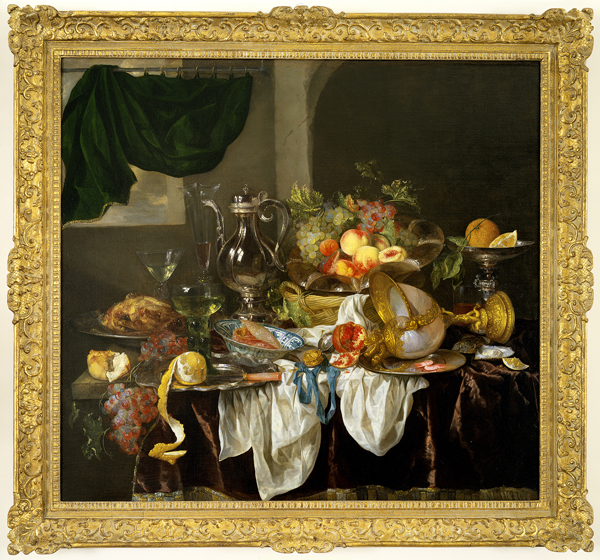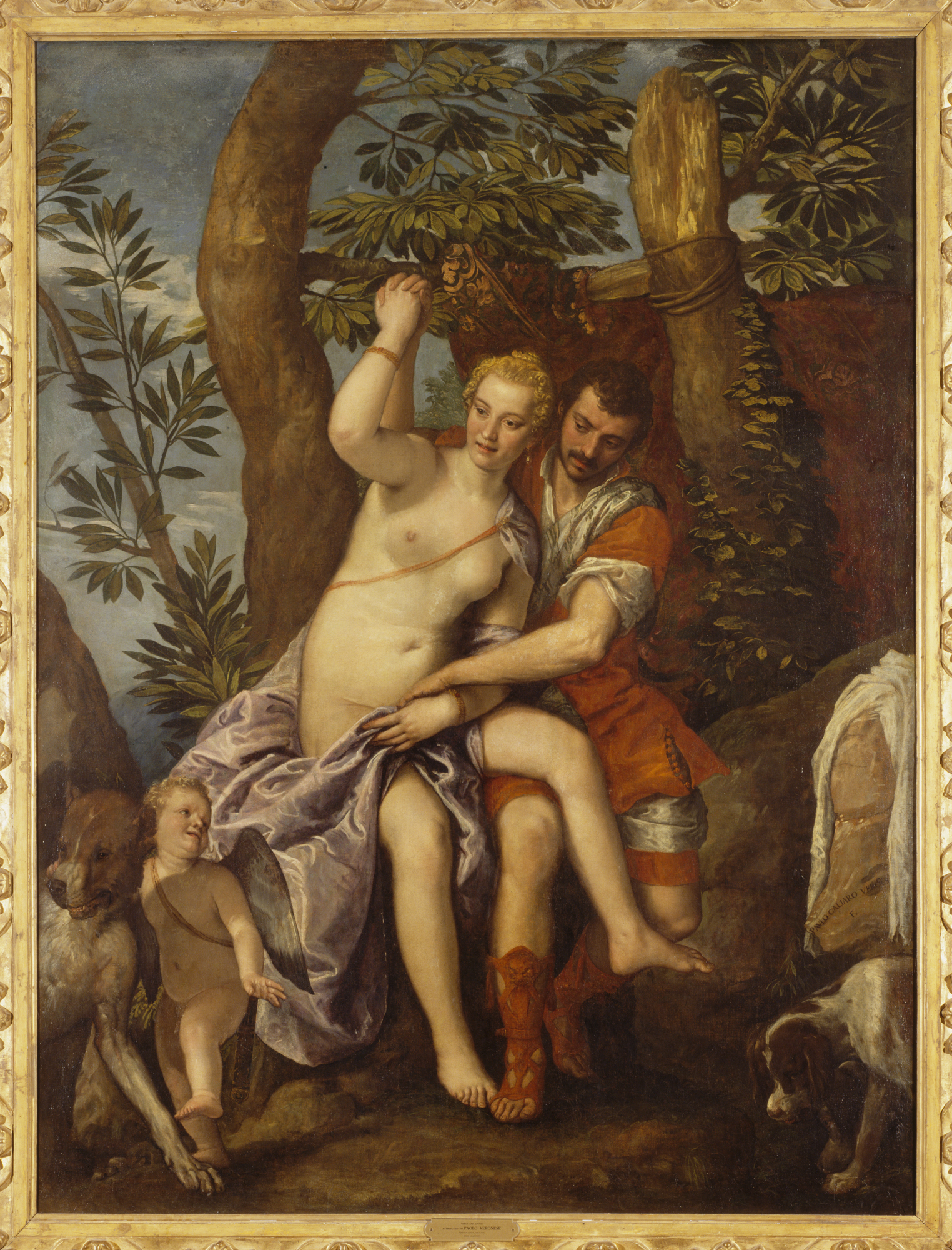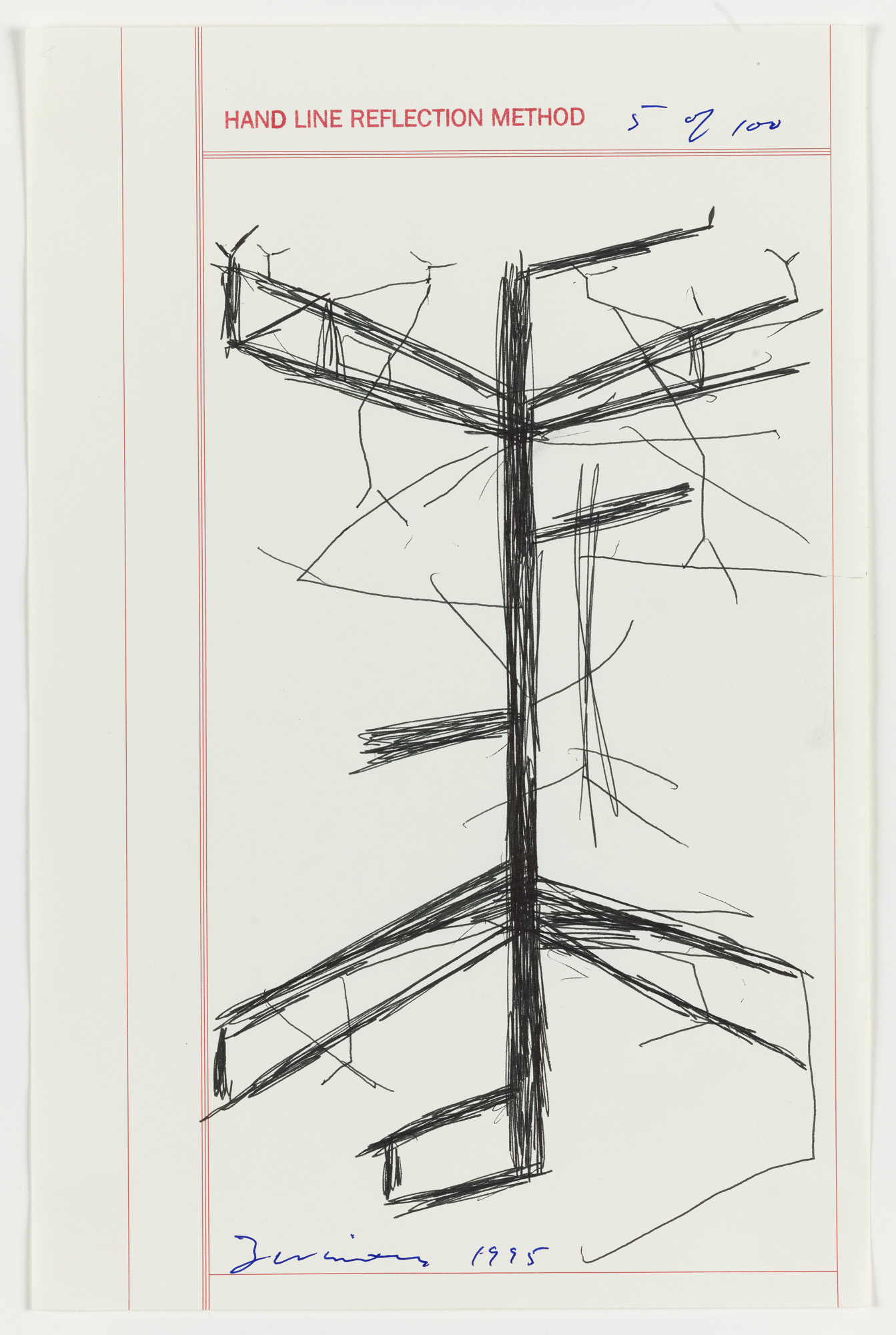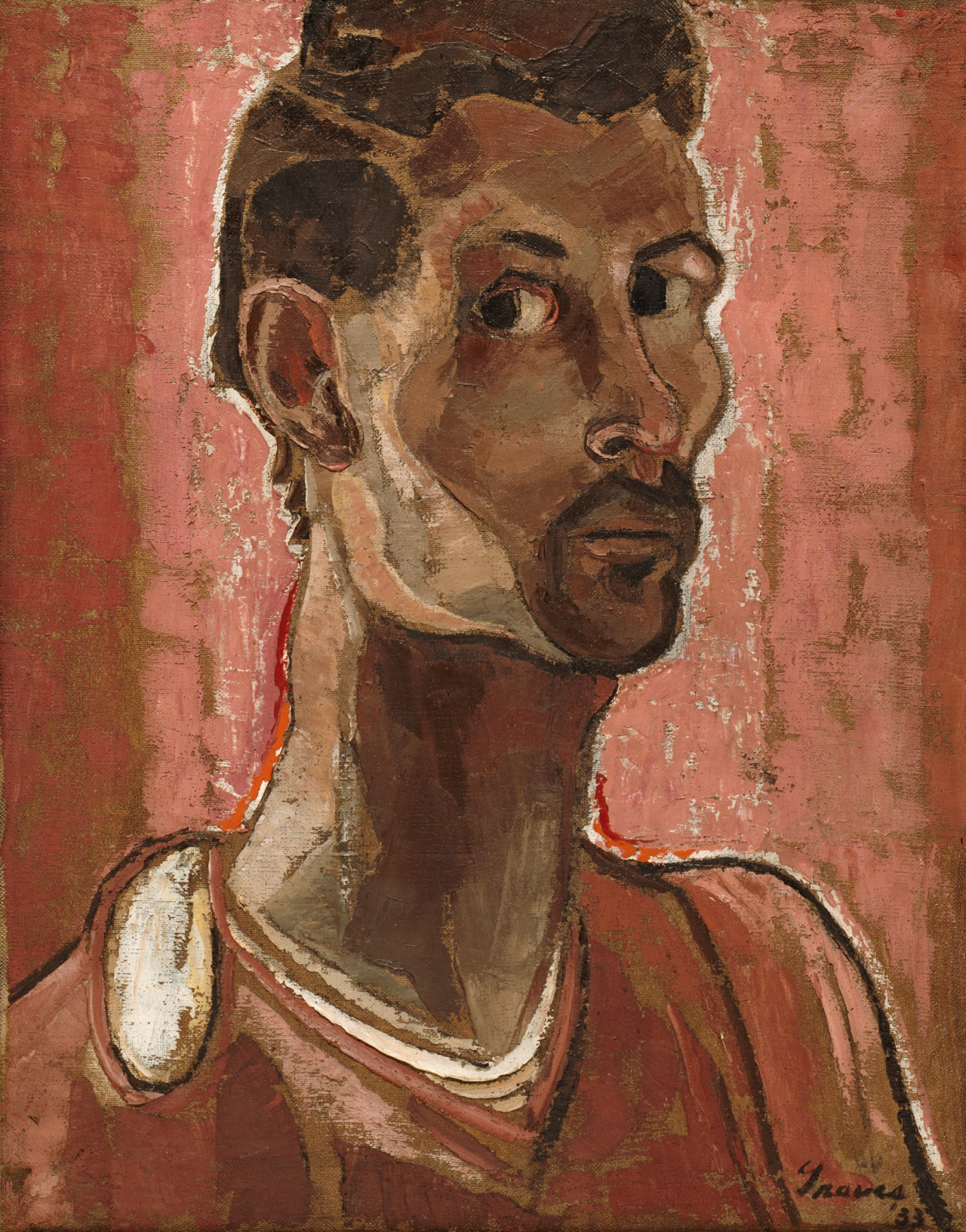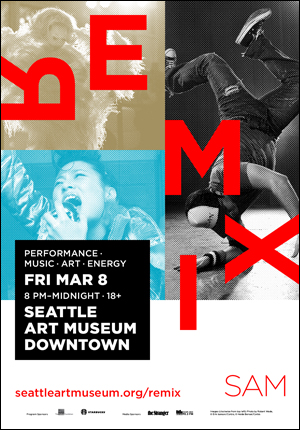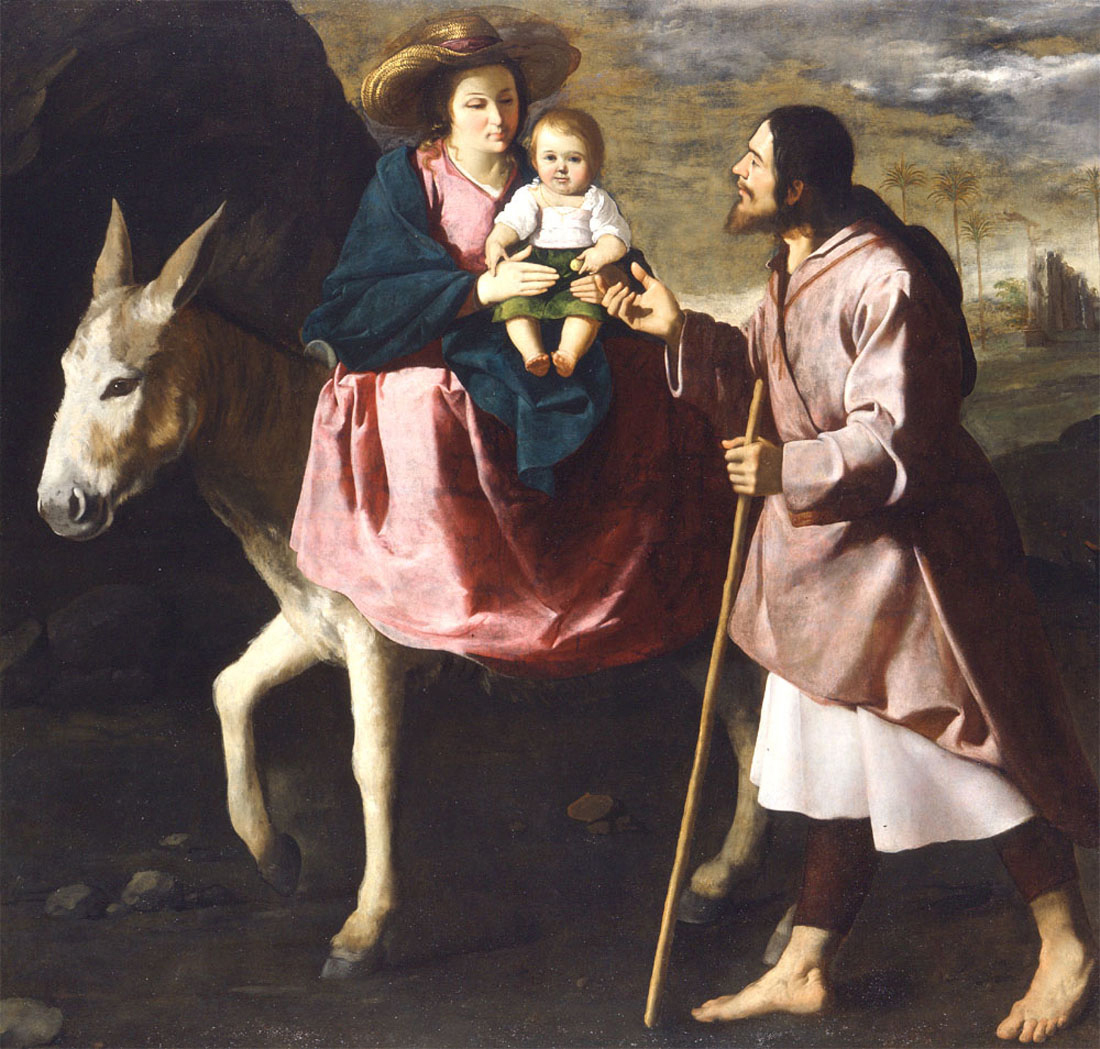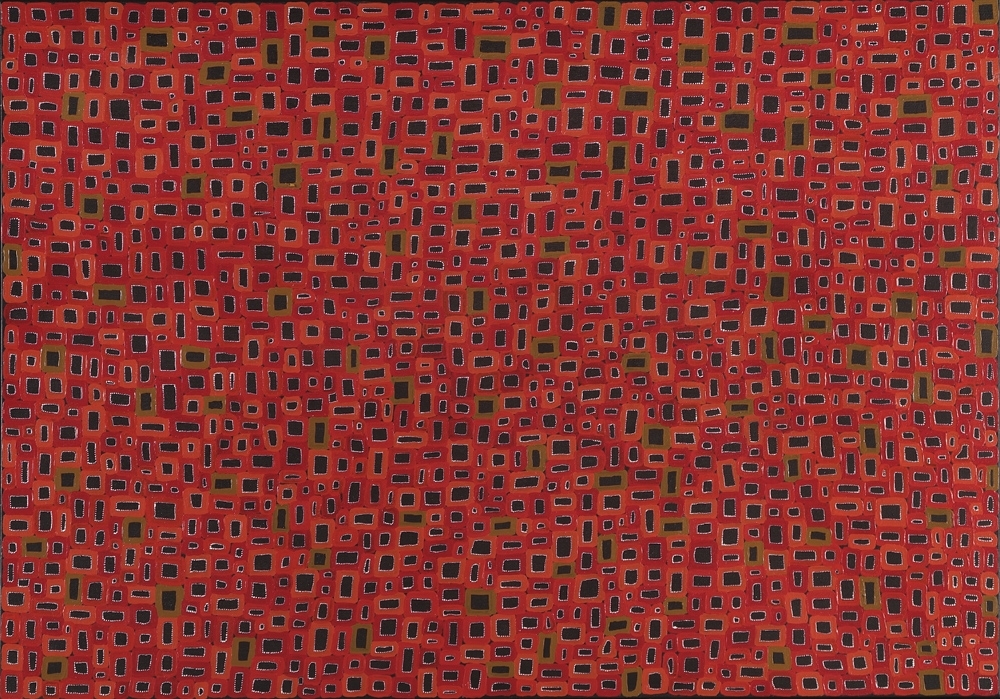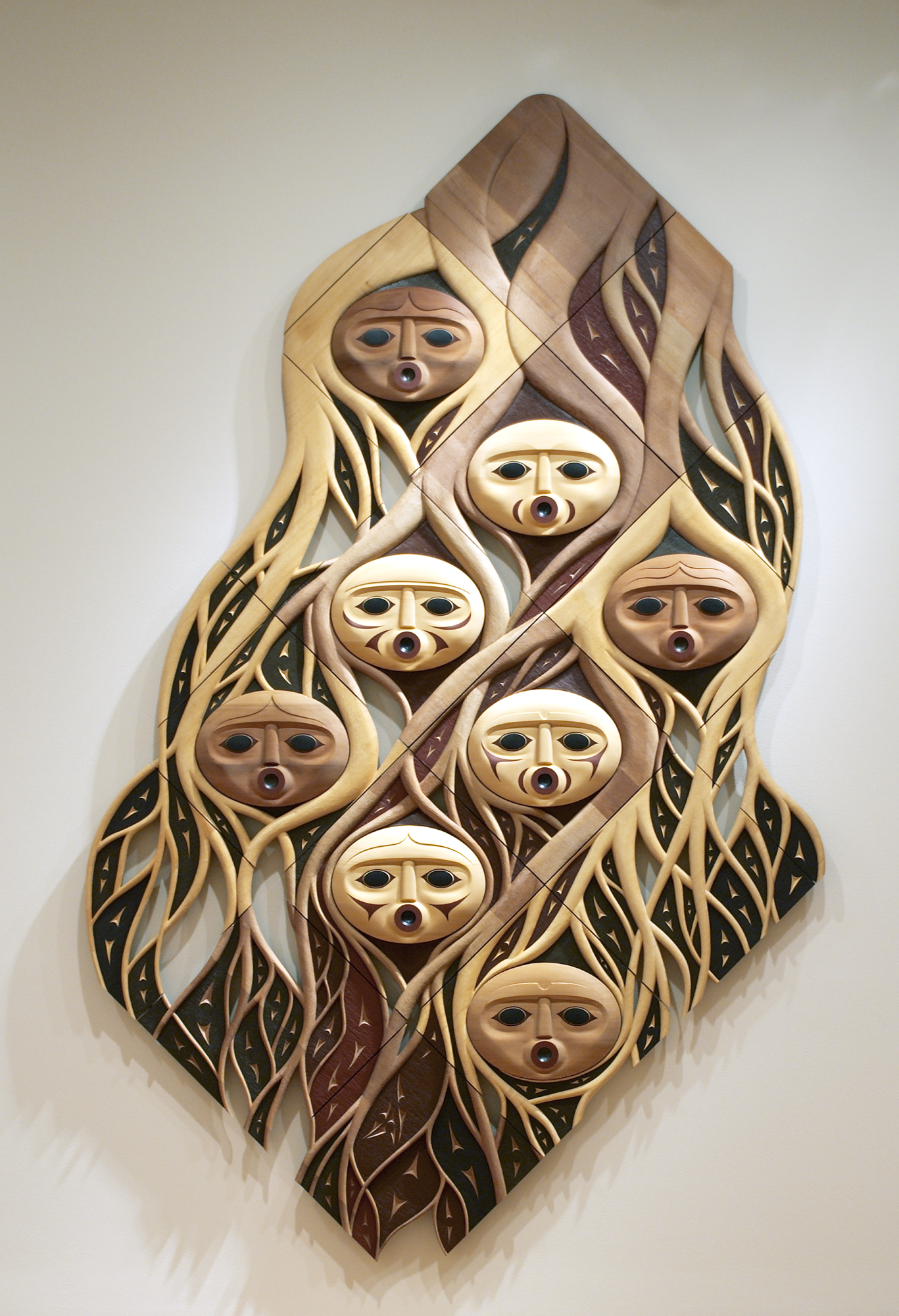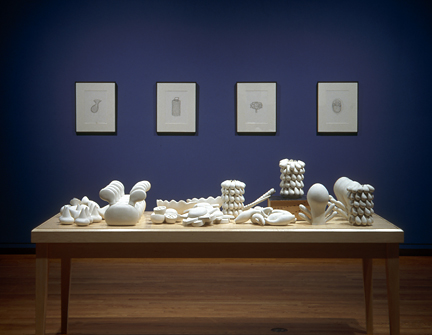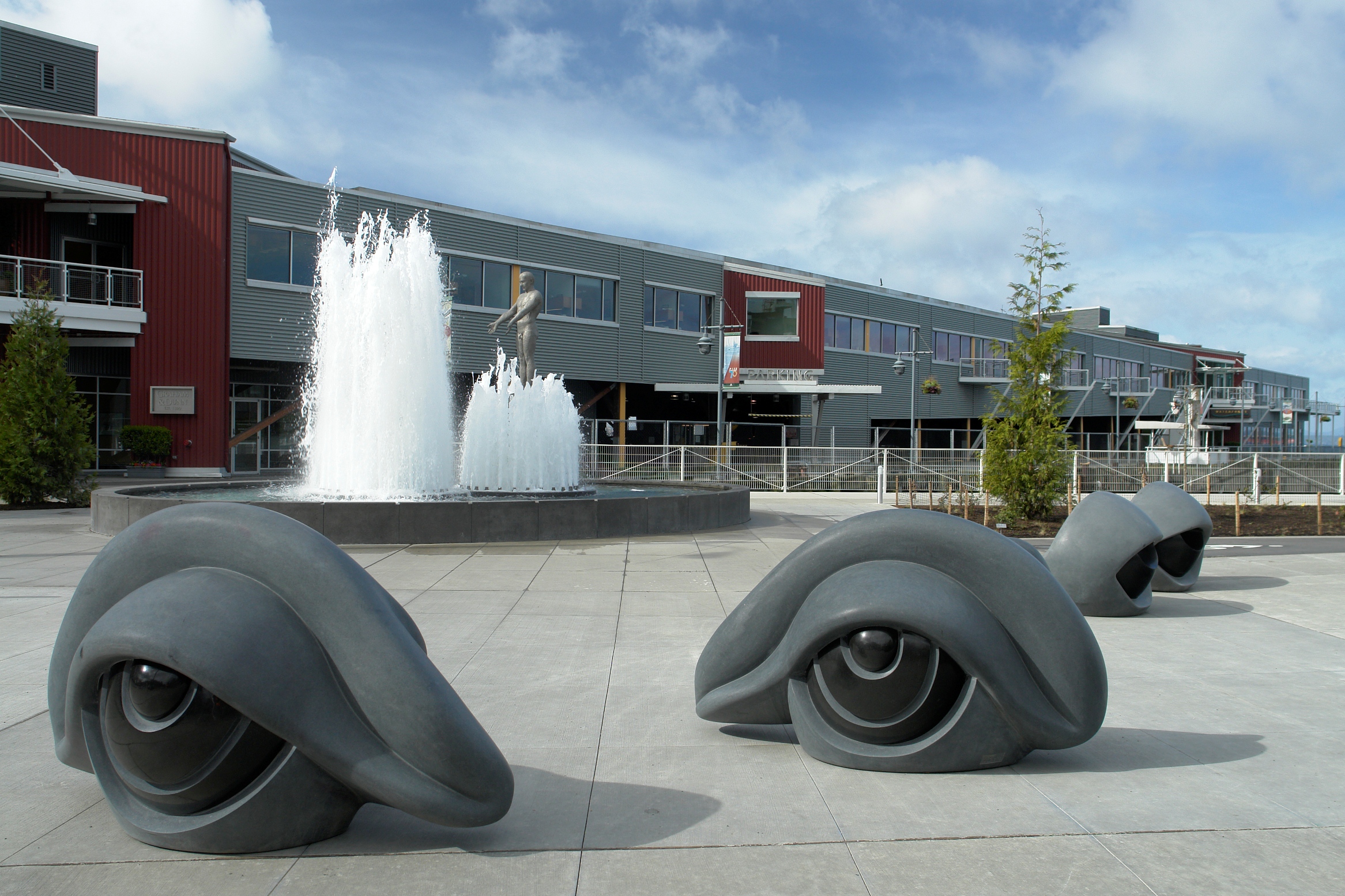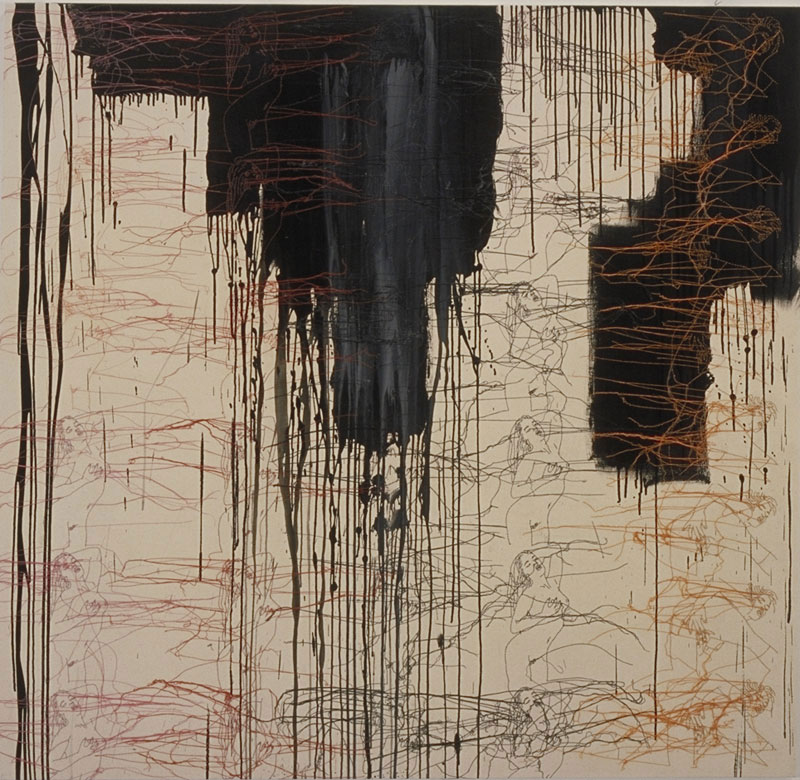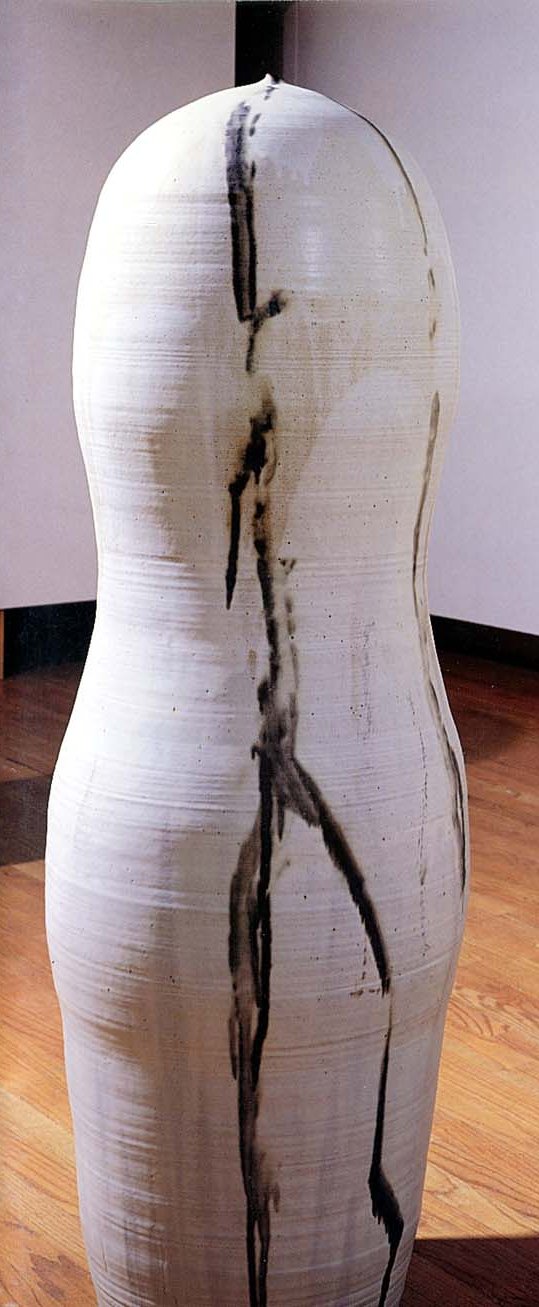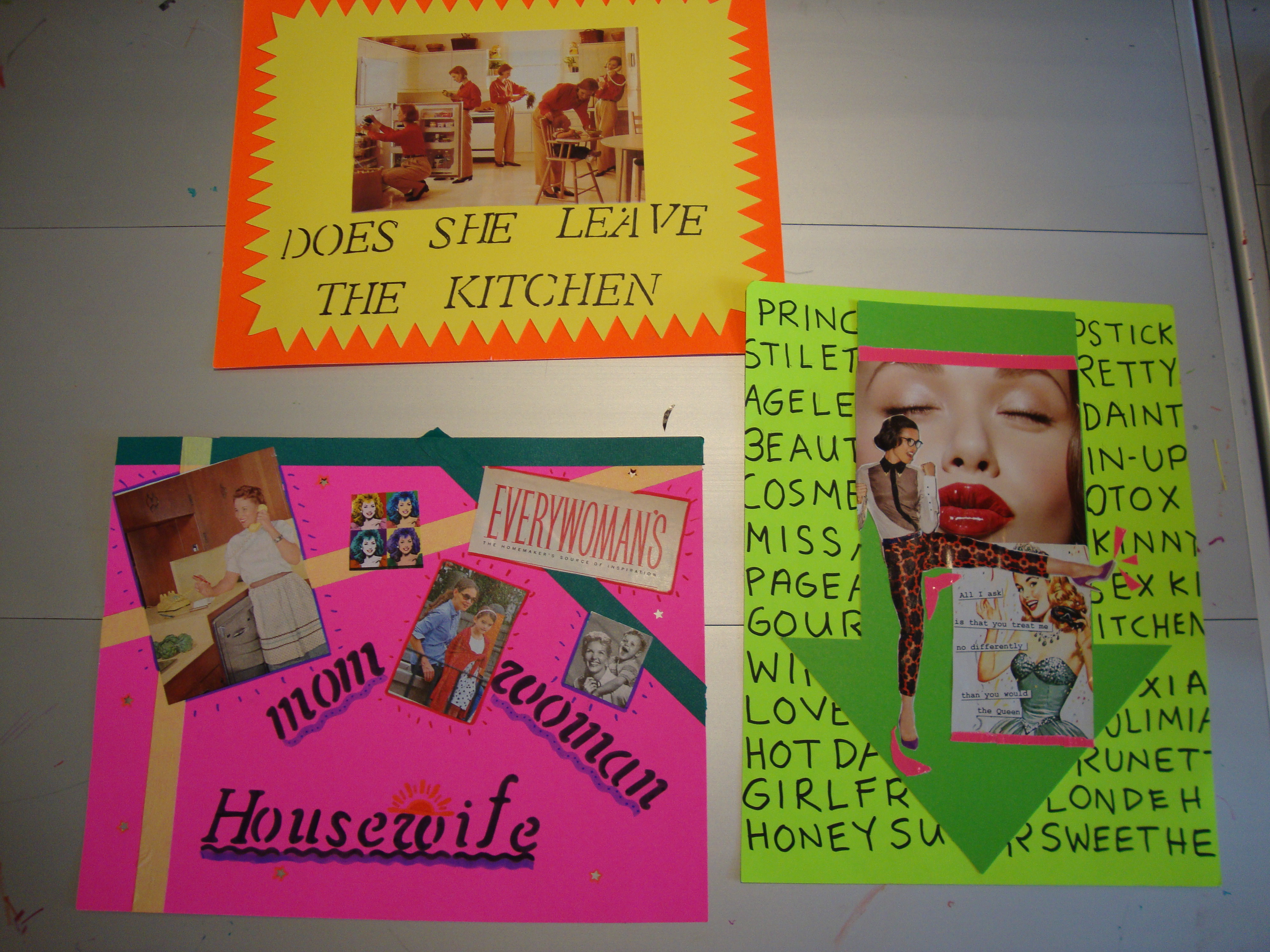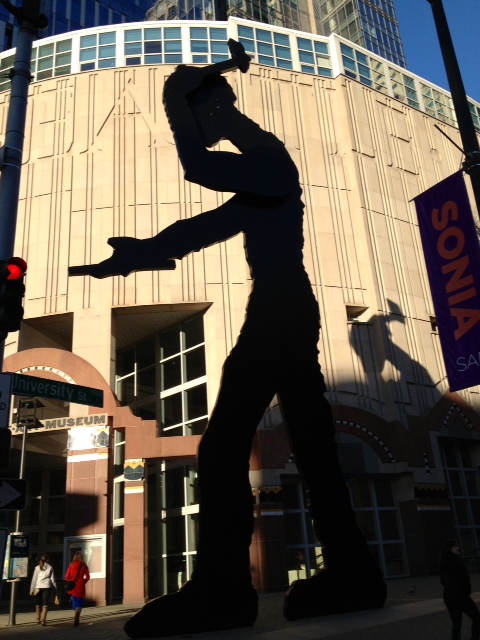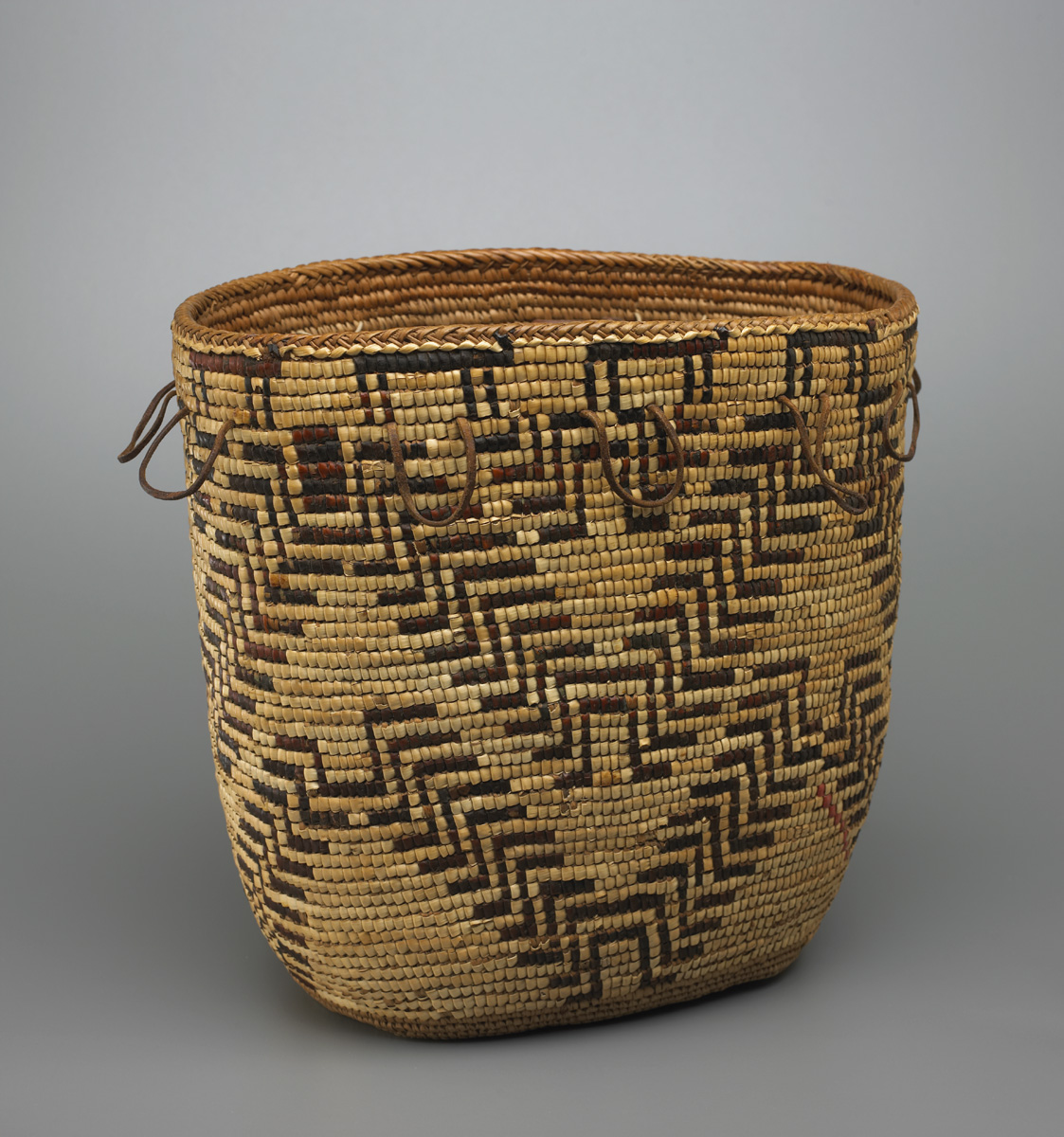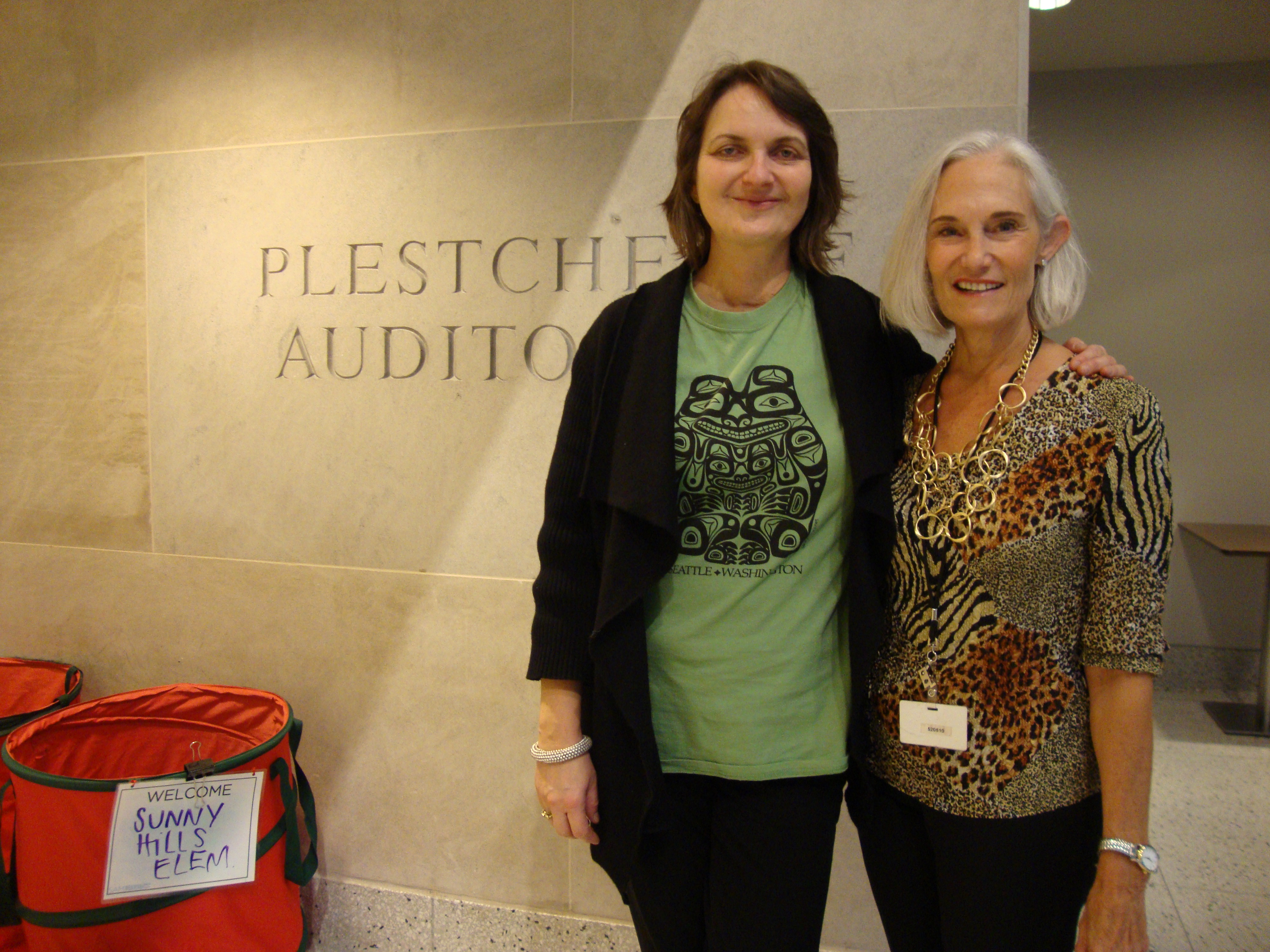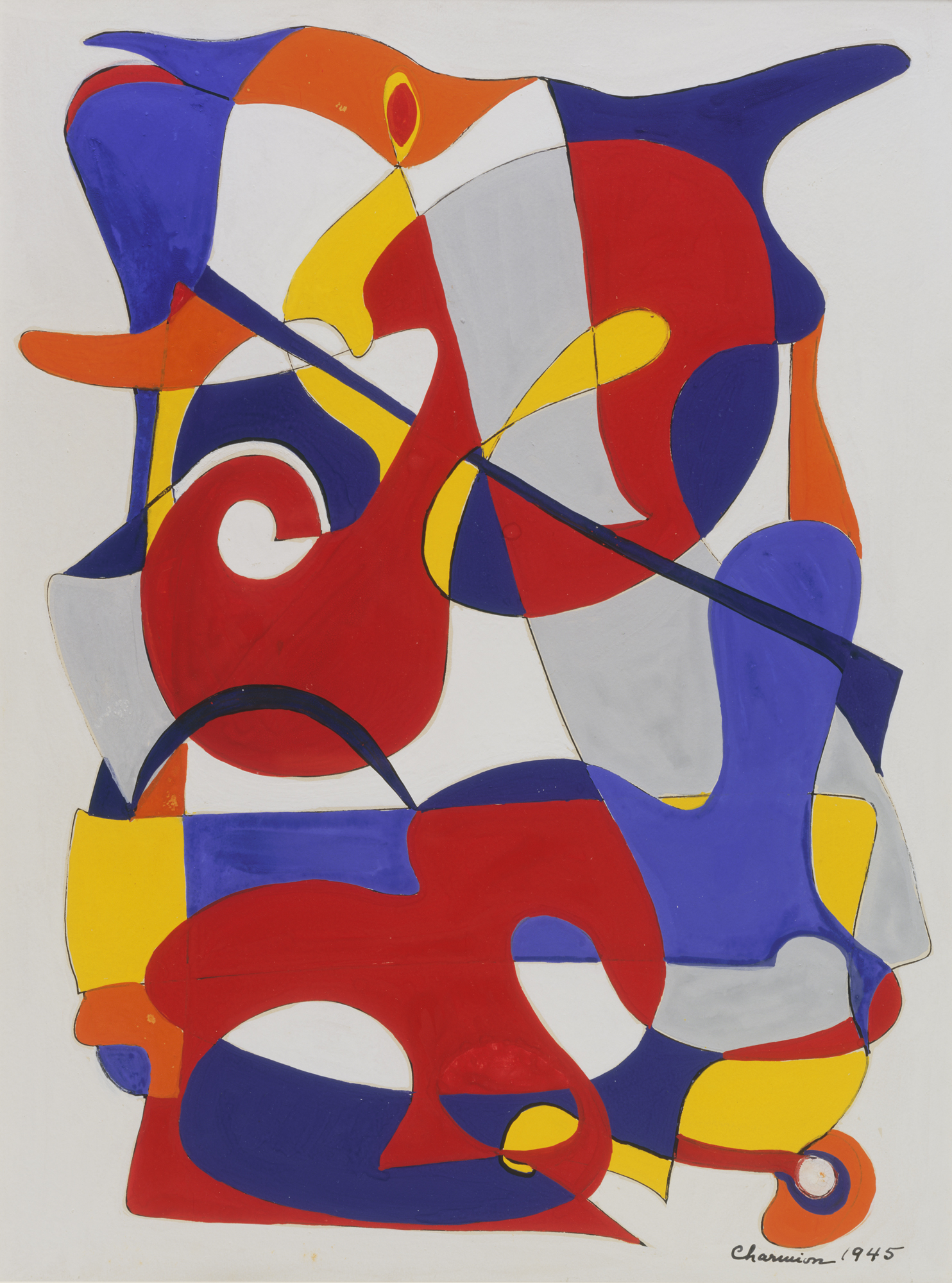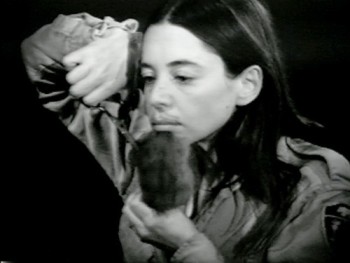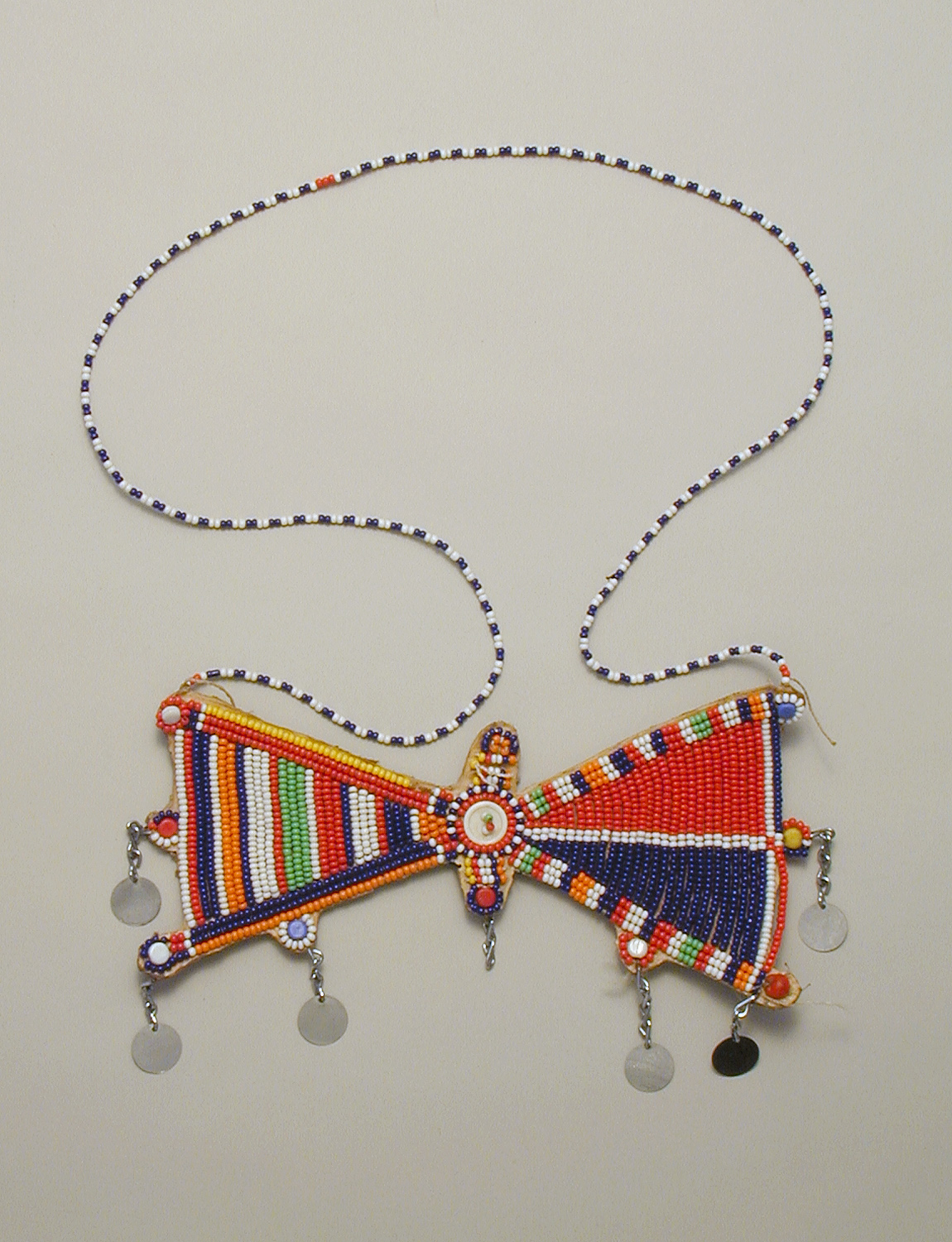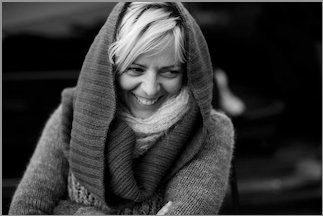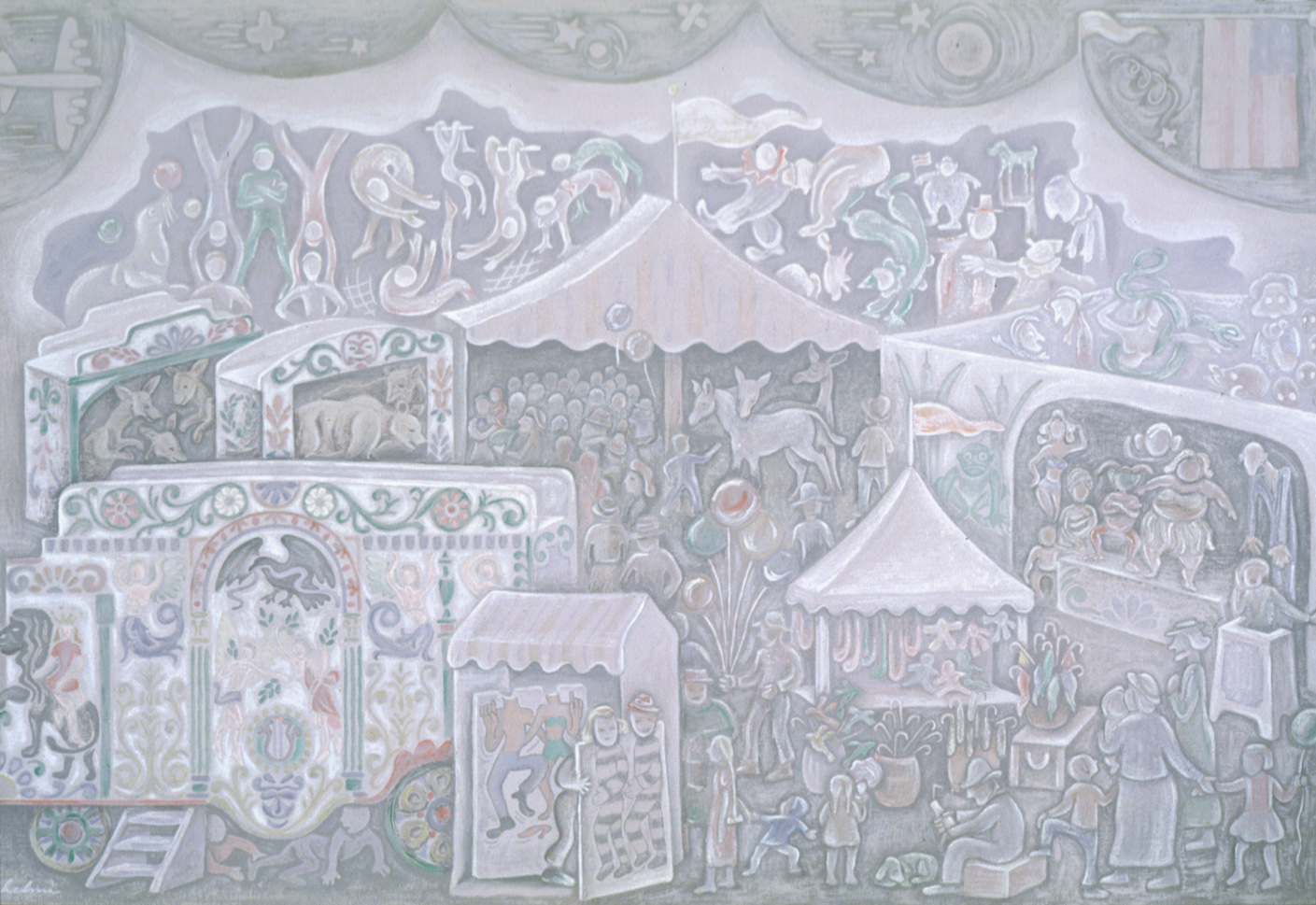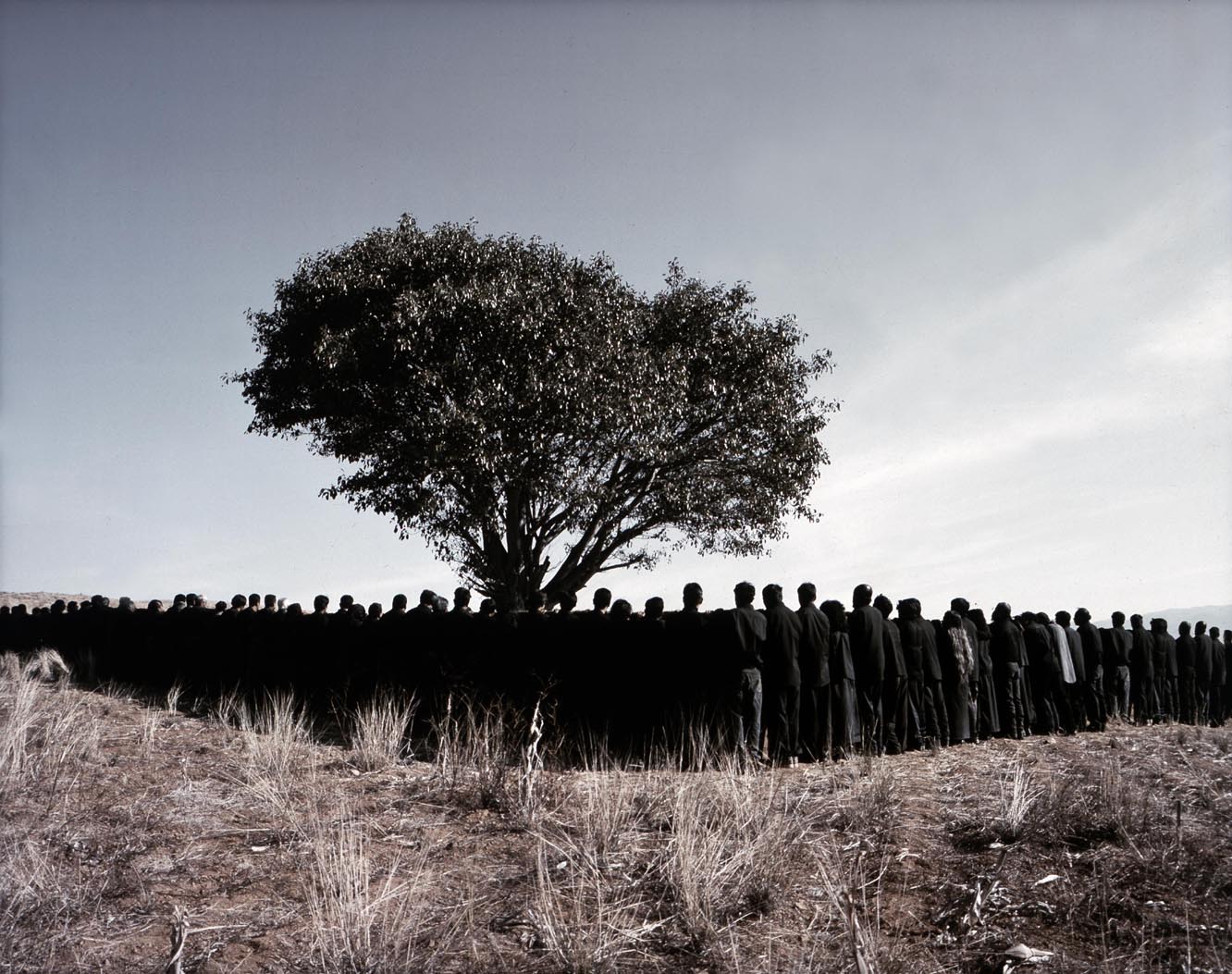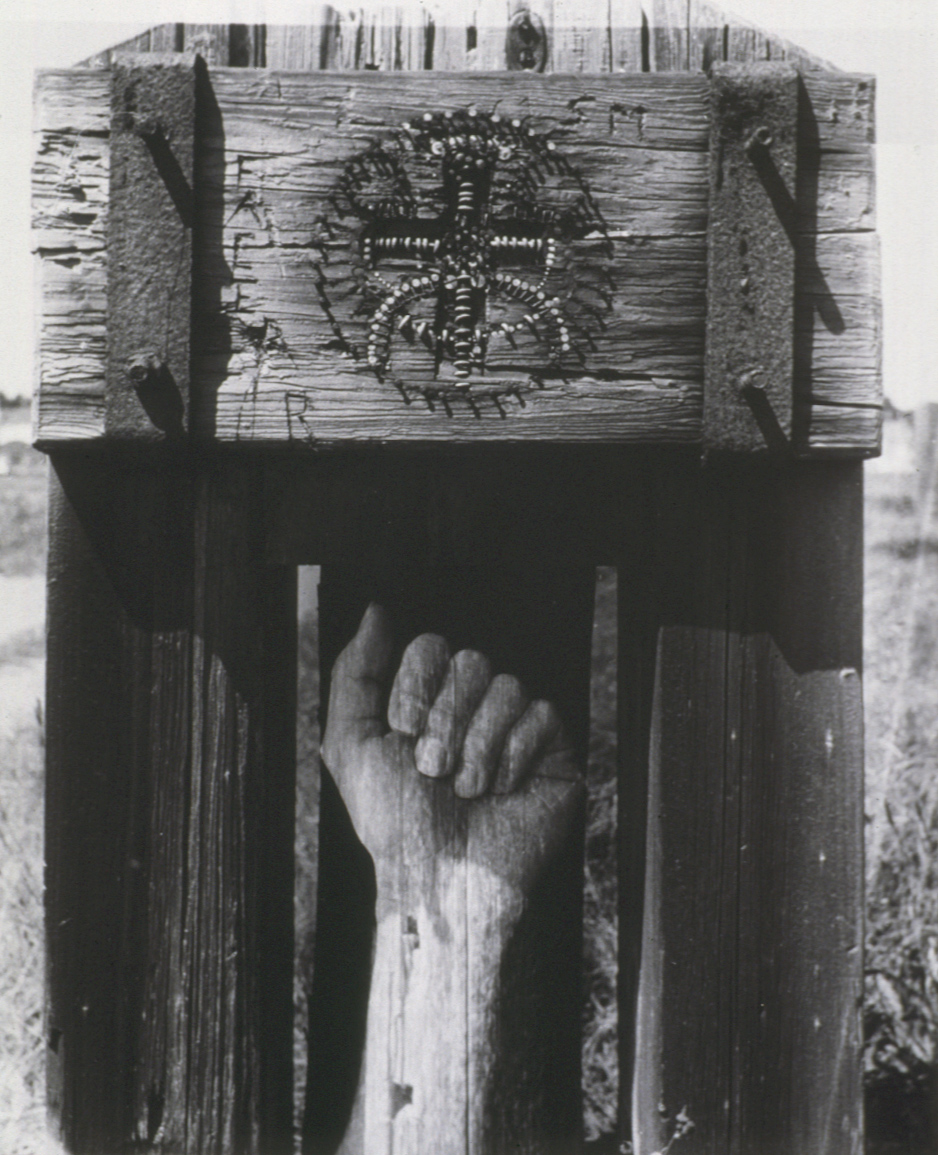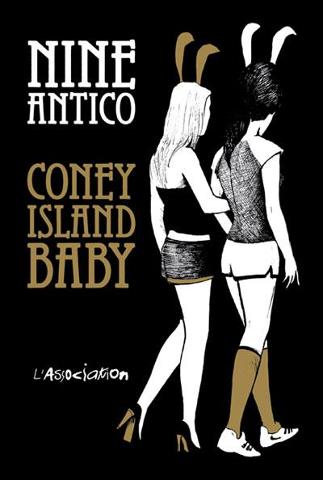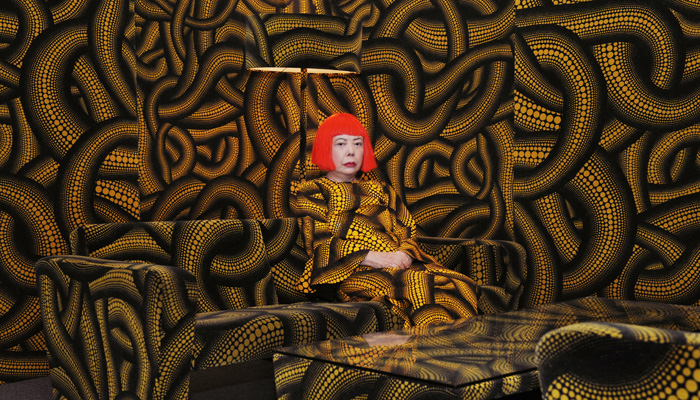Thirteen Ideas For How to Spend Your Earth Hour
Earth Hour is this Saturday night, March 23 from 8:30–9:30 pm. What is Earth Hour as opposed to Earth Day? It is a global, grassroots effort to inspire environmental action and change, by turning off all lights and electronics and give it a rest, already. The earth was here looooong before iPhones and tvs. And Thomas Edison. SAM will be participating by turning off lights and other power sources at our three sites: The Hammering Man will stop hammering; Alexander Calder’s The Eagle, in the Olympic Sculpture Park, will exist only in the shadows; and the lights glowing inside the beautiful building that houses the Seattle Asian Art Museum will also be dimmed. The Museum of Flight is even getting in on the action! They will be turning off the lights to the Boeing Red Barn, the Charles Simonyi Space Gallery, Personal Courage Wing and the Pedestrian Bridge. What about you? Please consider participating yourself, among millions of others around the world.
So, what do you do for an hour in the dark, on a Saturday night?
I can’t think of a thing.
Well, okay, if I really put my mind to it, I can come up with a few ideas:
- Play Twister. Okay, that one was obvious.
- Get all cozy with candles, a fire, a blanket and a glass of wine. And a friend.
- Do you remember in art class, you would be blindfolded (no really stay with me here), put your pencil on paper, and then draw an object (hello!) without taking your pencil off the page? Then you would whip off your blindfold and laugh at the silly drawing. Yeah, you could do that. And no blindfold required!
- Meditate.
- Walk around the neighborhood and notice who has all their lights blazing, casually ignoring that the earth is going to burn up and die unless we do something!!!!
- Ring their doorbell and ask them
whythey are so blatantly insensitiveto participate in Earth Hour too. - Go outside and look at the stars.
- Remember that scene in the movie Ray where Jamie Foxx, who brilliantly portrayed the blind pianist Ray Charles, was cooking a whole meal in the dark with the lights off?
- Create a haunted house for your kids—at your own risk.
- Play Spoons. Much harder in the dark, right?
- Spoon.
- Act out your favorite scenes from Downton Abbey.
- Eat an entire pan of brownies. I mean we’re celebrating the beautiful earth, right?
-Elizabeth Detels, Director of Human Resources
This was obviously painted by someone who attended a fun Earth Hour get together.
